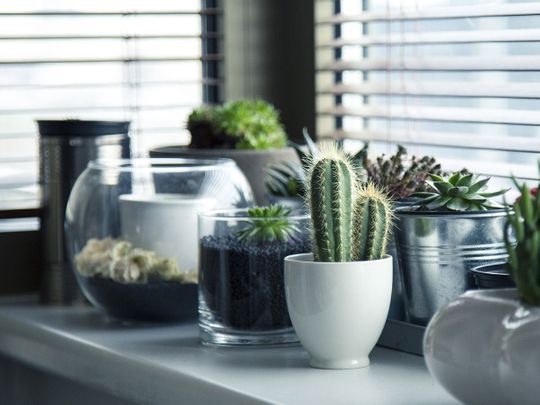
Lush greenery is always a sight for sore eyes, and so is today’s Word Search, which explores all the different parts of a plant.
Click start to play and find all the words!
There’s a reason why green spaces improve your mood. Scientists have found that being in Nature can help with stress relief, increase social interactions, promote physical activity and even soothe your mental health.
But it’s not as simple as walking to the nearby park and spending time under a couple of trees. Research by Yoshifumi Miyazaki, a forest therapy expert at Chiba University in Japan, was quoted in a 2017 TIME magazine article: he links specific types of green areas to good health: broadleaf woods, parks with water features likes lakes or ponds, and areas that support biodiversity.
He also found that people who spent 40 minutes walking in a cedar forest had lower levels of cortisol, the stress hormone that is involved in blood pressure and the functioning of the immune system. So, it’s not about the quantity of greenery – it’s about the quality.
Remarkably, you don’t have to be outdoors to get your dose of green happiness. Having a few well-chosen plants in your home or workplace can drastically improve your environment – literally. An extensive study by US based space agency, National Aeronautics and Space Administration (Nasa), in 1989, found that houseplants can remove up to 87 per cent of air toxins within 24 hours.
One of the experiments used to test this phenomenon was the BioHome, a tightly sealed building constructed out of synthetic materials. Normally, living in such a building would have caused sick building syndrome, where toxins found in synthetic materials became concentrated inside sealed buildings, thereby making people sick. However, in the experiment, Nasa introduced a large number of houseplants into the BioHome. Before the plants were added, people entering the newly constructed facility experienced burning eyes and respiratory difficulties - two of the most common symptoms of sick building syndrome. But once the plants were introduced, the symptoms disappeared, and analysis of air quality found that most of the toxins had been removed.
Some of the plants Nasa used to filter out air toxins are the peace lily and English ivy. These plants absorb pollutants through their roots and leaves. Also, placing ferns around the apartment or office can help regulate dry indoor air, as the plants release moisture from their leaves through the process of transpiration.
According to another study published in the UK based Journal of Anthropology in 2015, indoor plants – especially those with broad leaves – help regulate humidity, boost your mood, and can make you feel more comfortable and relaxed. The study used two groups of participants. While one group worked on computer tasks, the other group transplanted indoor plants: the peperomia dahlstedtii, a species with oval leaves and a thick succulent-like texture. Once the participants completed their assignments, they switched places. The researchers found that the participants felt "comfortable, soothed and natural" after the transplanting task, and felt "uncomfortable, awakened, and artificial" after the computer task.
Another 2014 study by UK's University of Exeter has shown that indoor plants improve concentration and productivity by up to 15 per cent.
So, take a look at that potted plant on your desk and give it some love and attention. It’s helping your day in more ways than you know!
Play today’s Word Search on plants and tell us if you enjoyed it at games@gulfnews.com.



